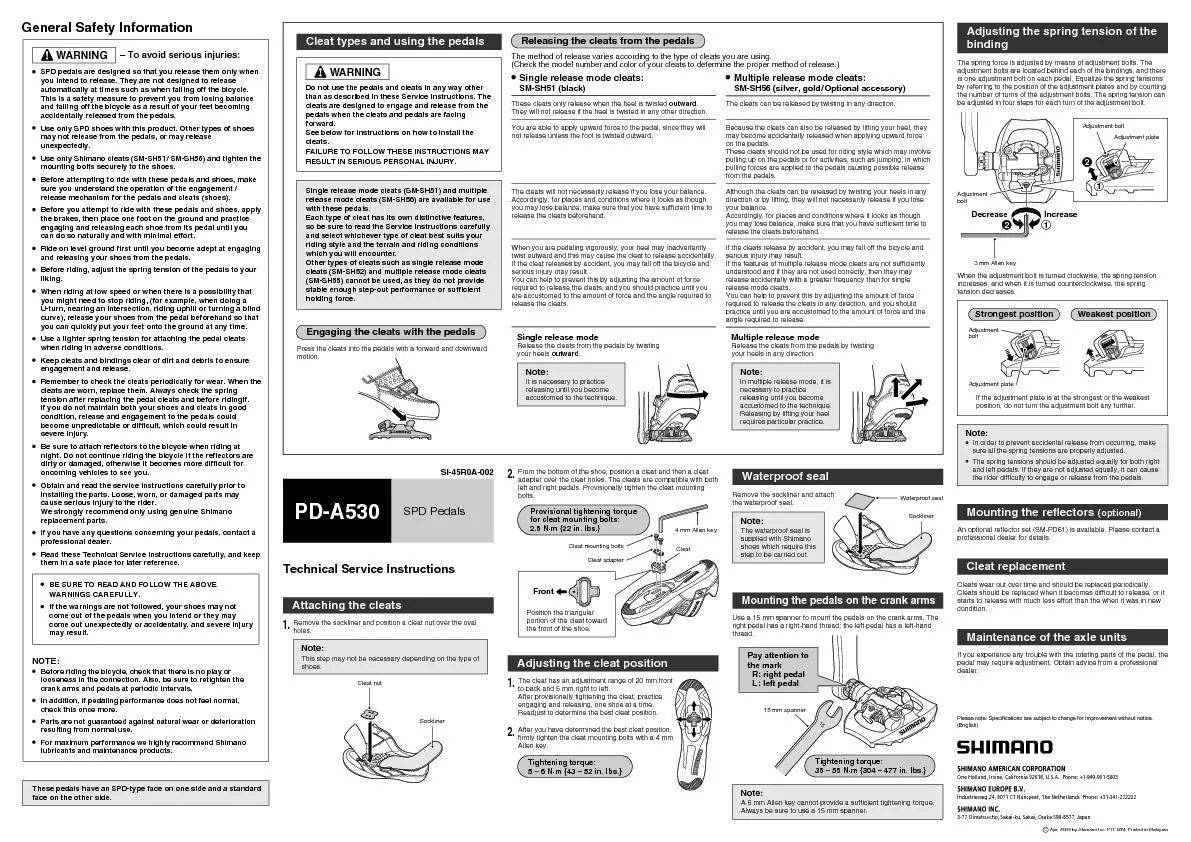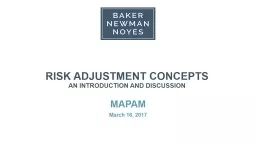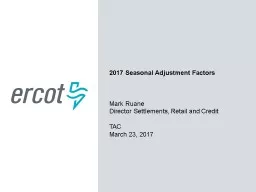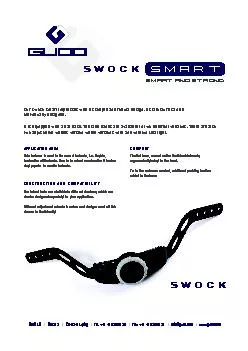PPT-Adjustment of Temperature Trends In
Author : ellena-manuel | Published Date : 2018-03-19
Landstations After Homogenization ATTILAH Ralf Lindau Dipdoc Seminar 23102017 Break and Noise Variance Homogenization To homogenize we consider the difference
Presentation Embed Code
Download Presentation
Download Presentation The PPT/PDF document "Adjustment of Temperature Trends In" is the property of its rightful owner. Permission is granted to download and print the materials on this website for personal, non-commercial use only, and to display it on your personal computer provided you do not modify the materials and that you retain all copyright notices contained in the materials. By downloading content from our website, you accept the terms of this agreement.
Adjustment of Temperature Trends In: Transcript
Download Rules Of Document
"Adjustment of Temperature Trends In"The content belongs to its owner. You may download and print it for personal use, without modification, and keep all copyright notices. By downloading, you agree to these terms.
Related Documents














